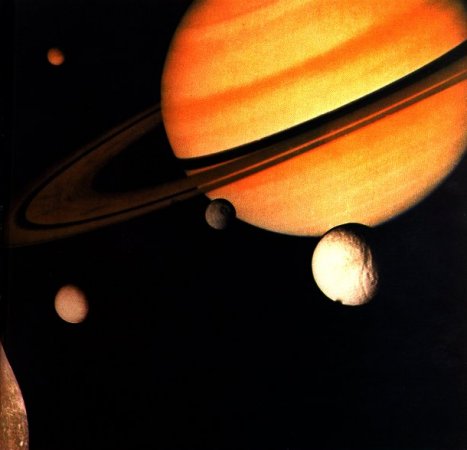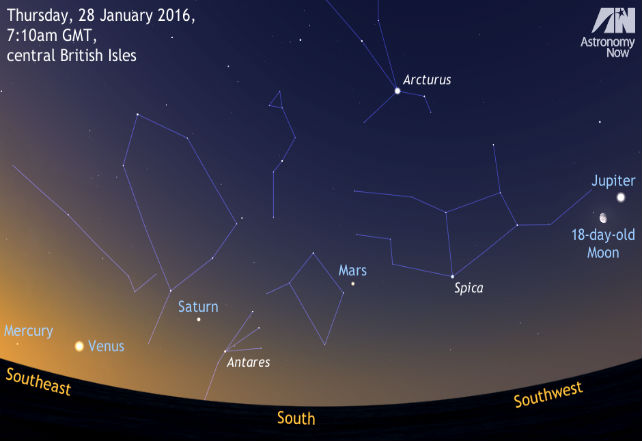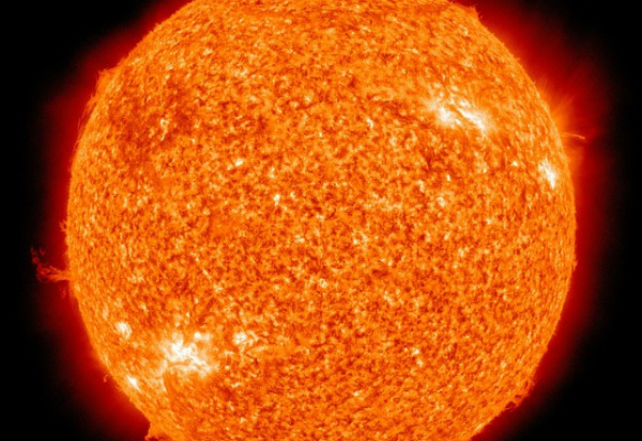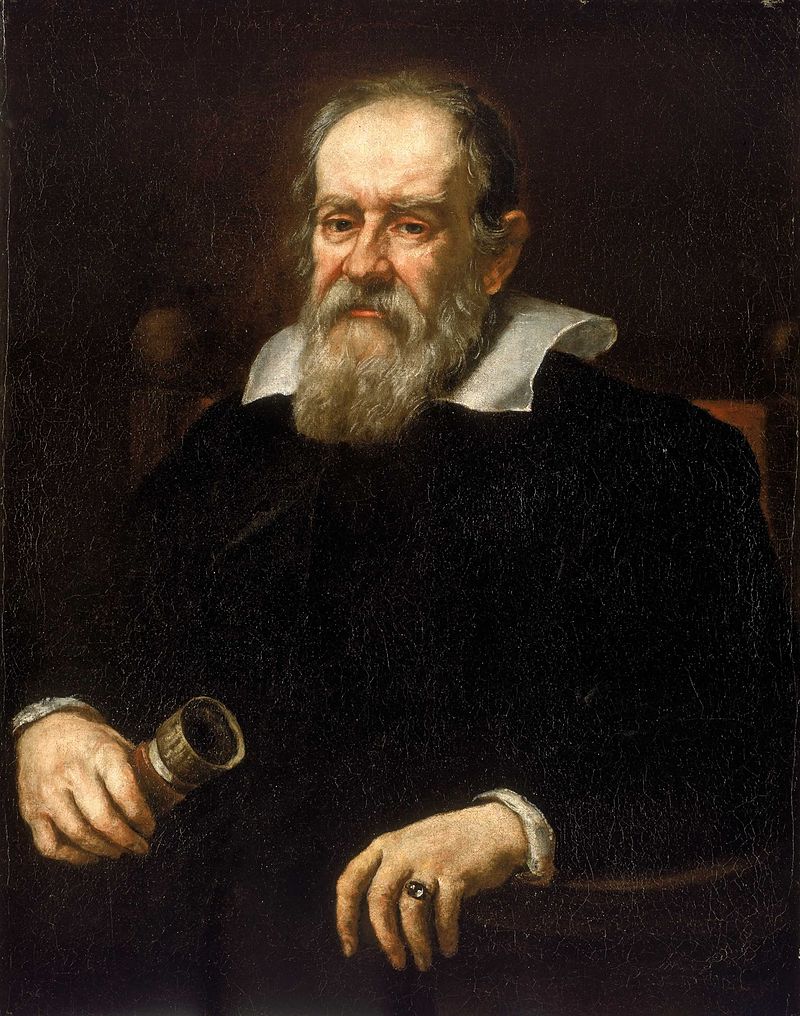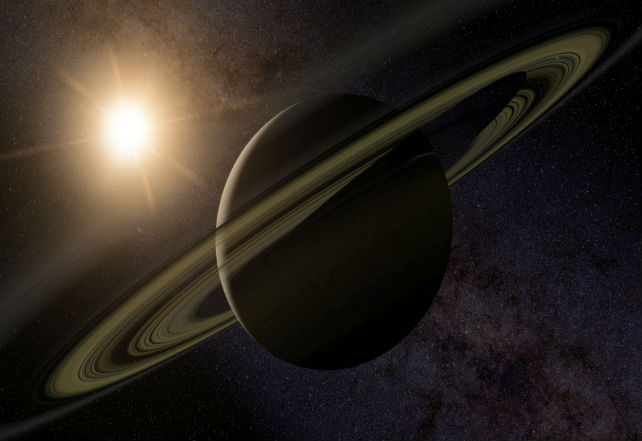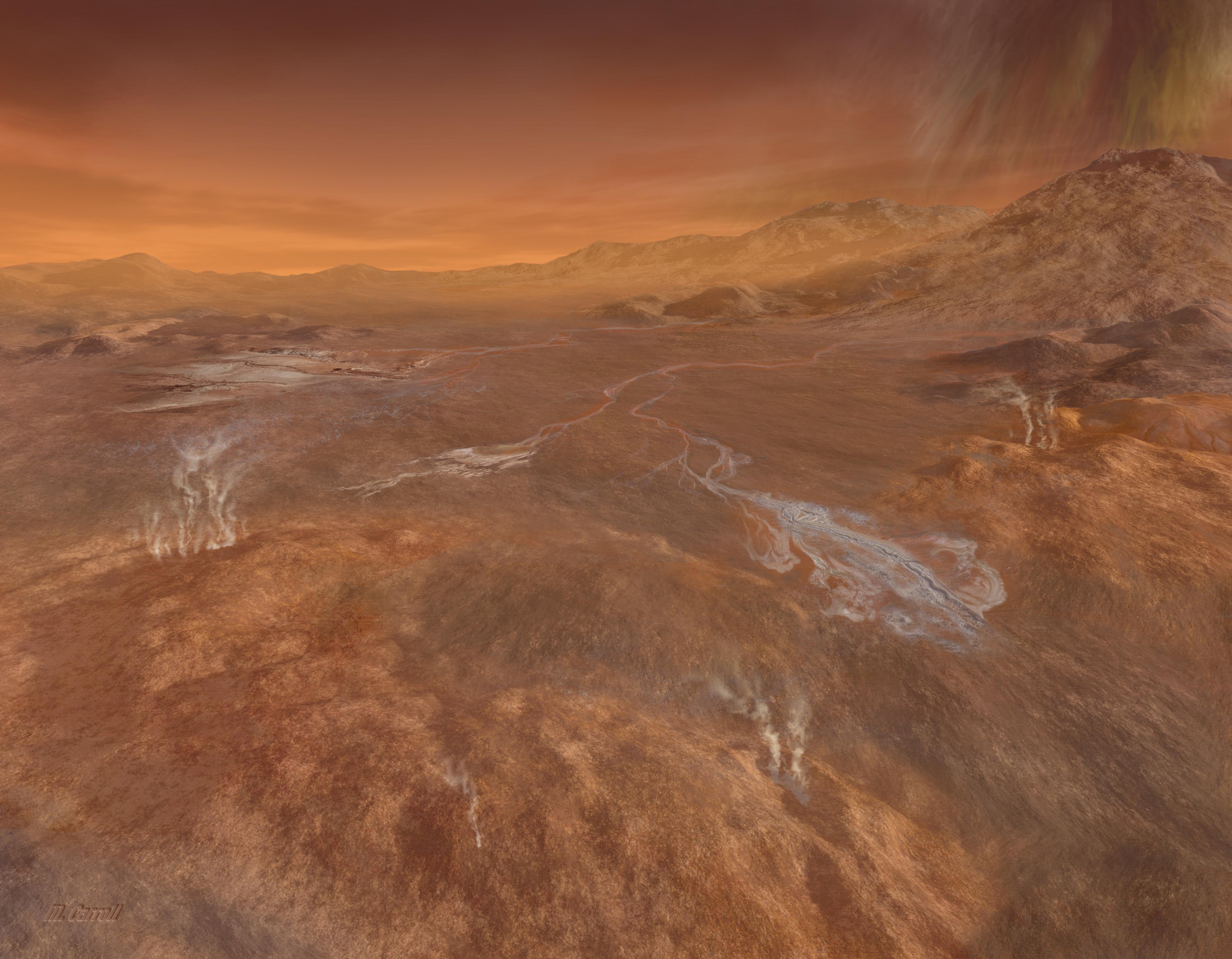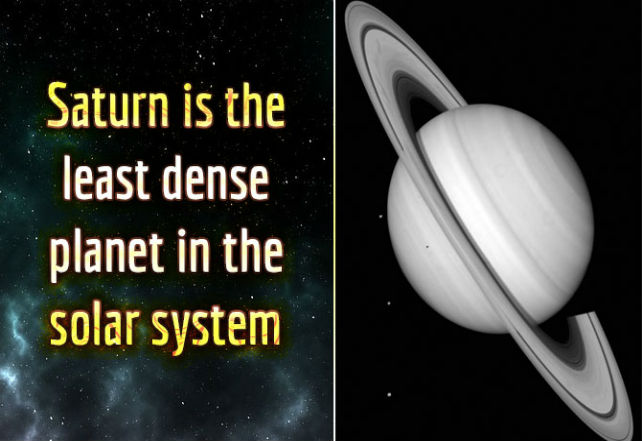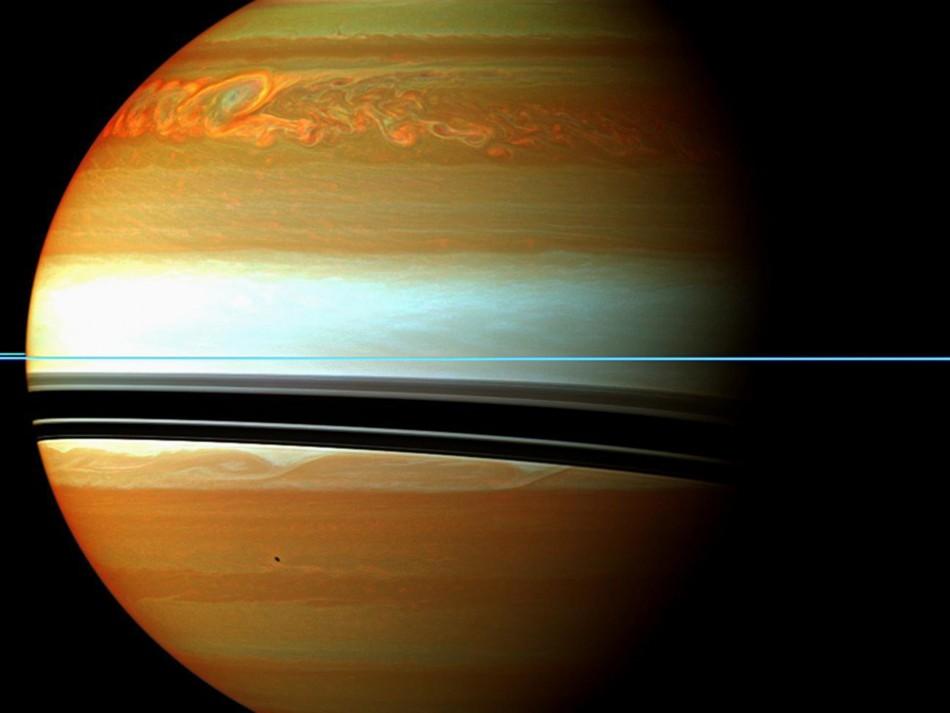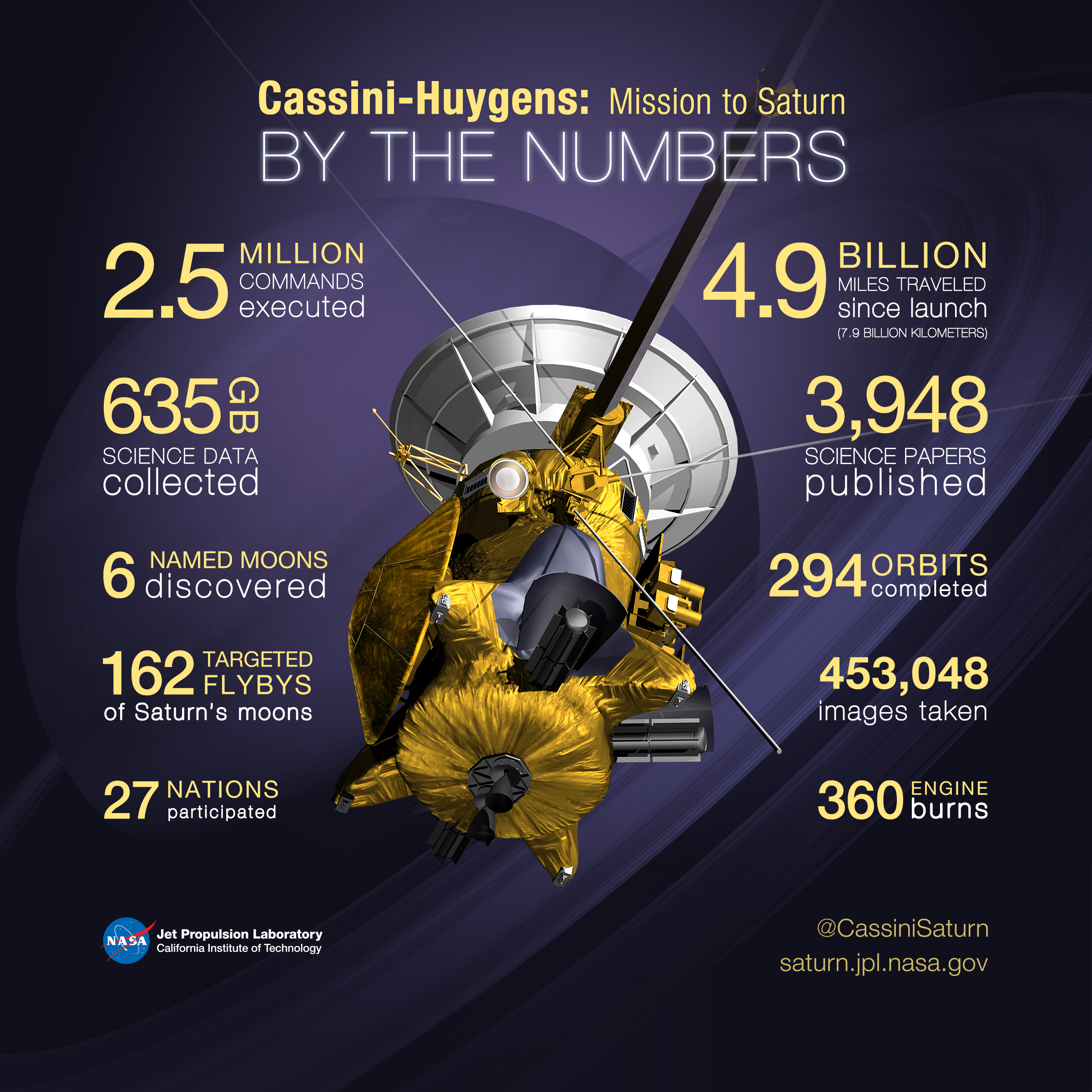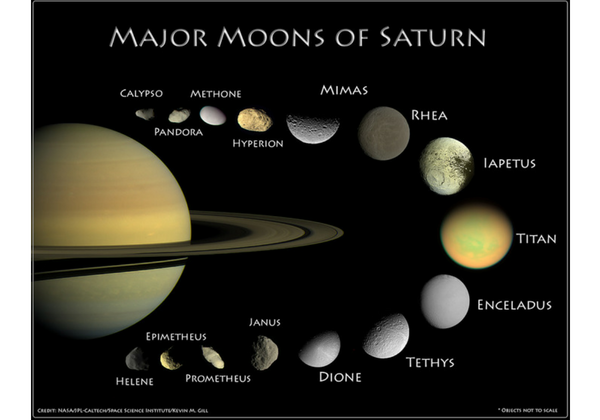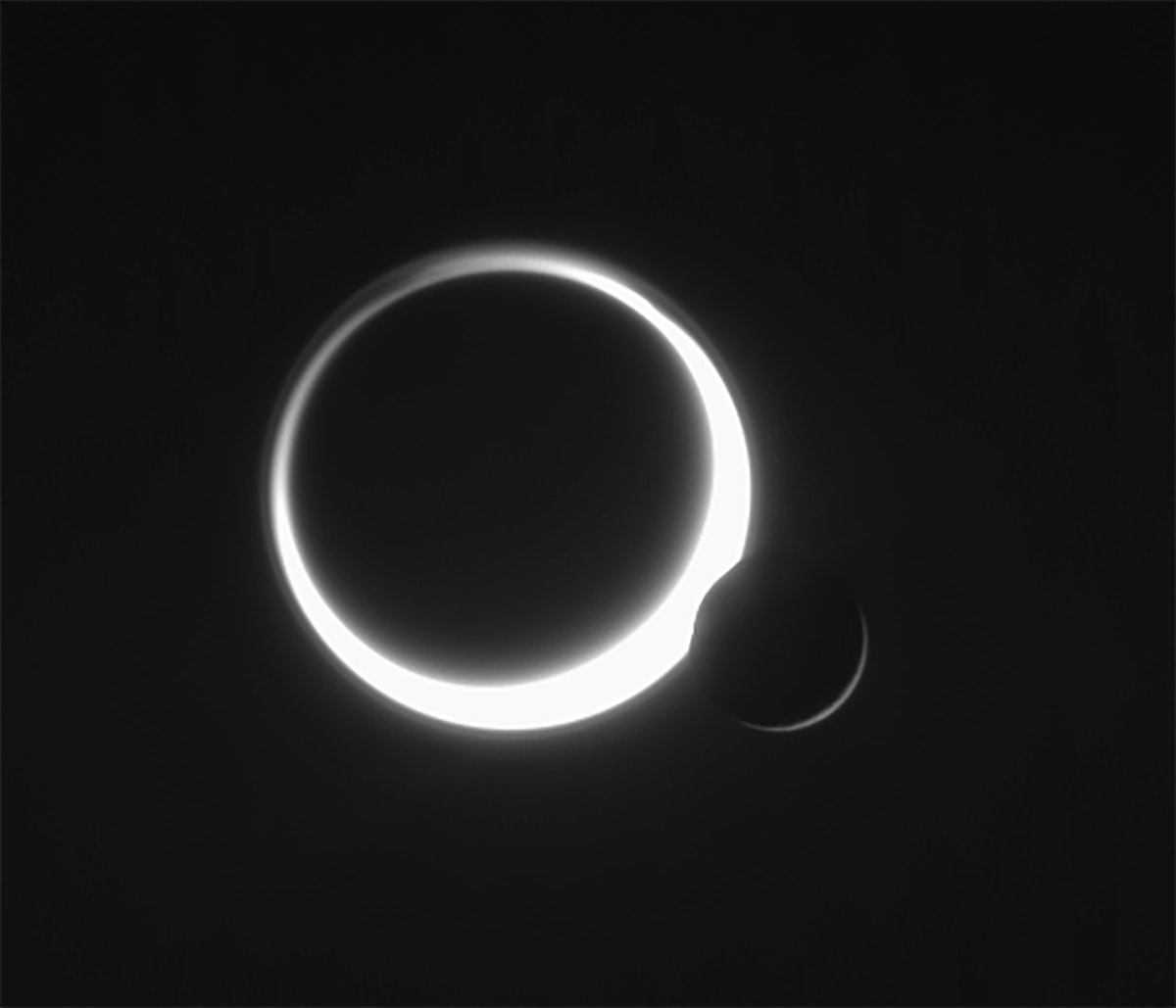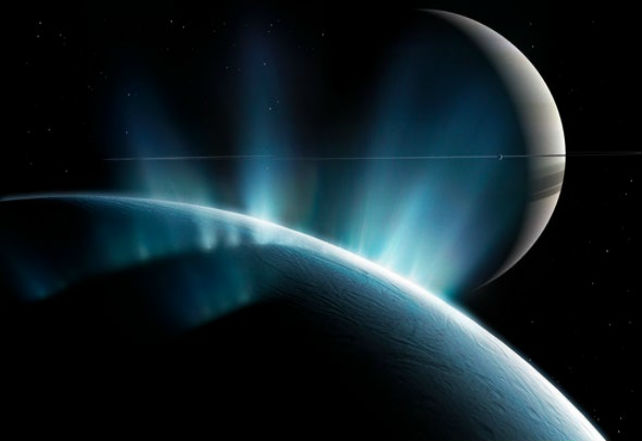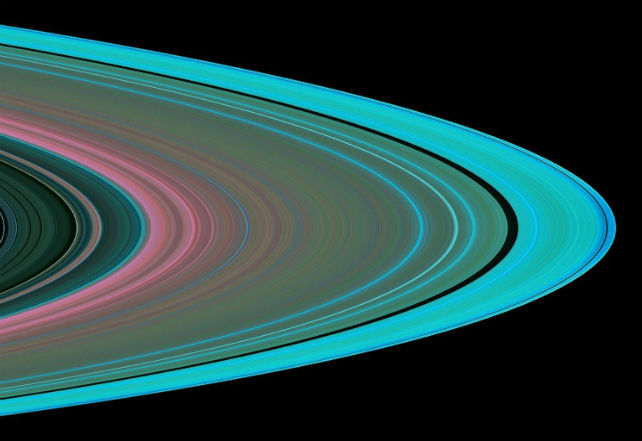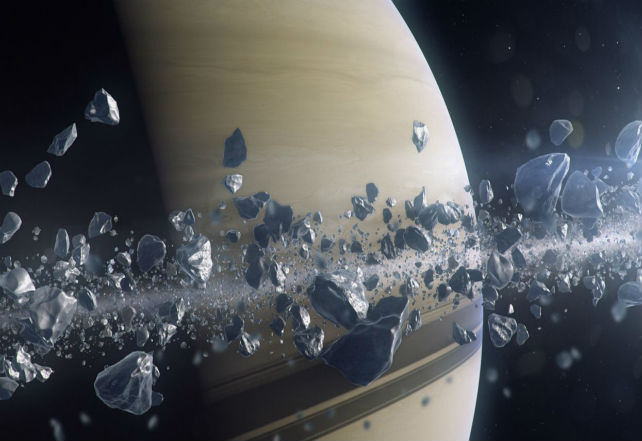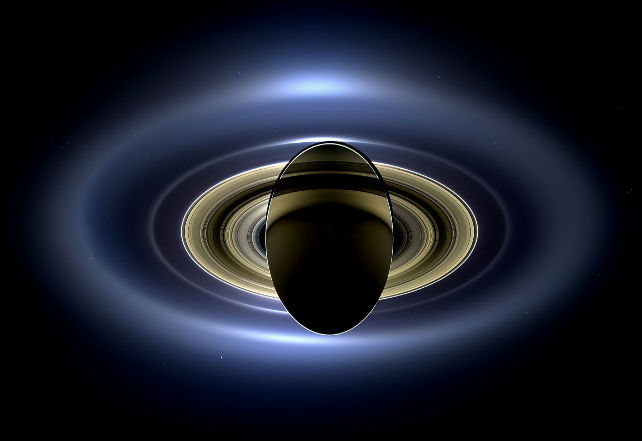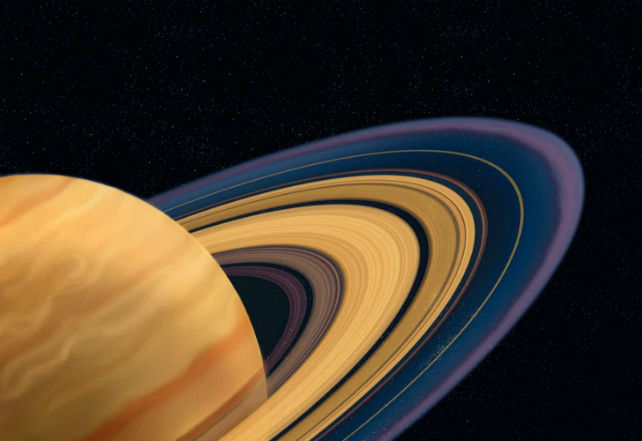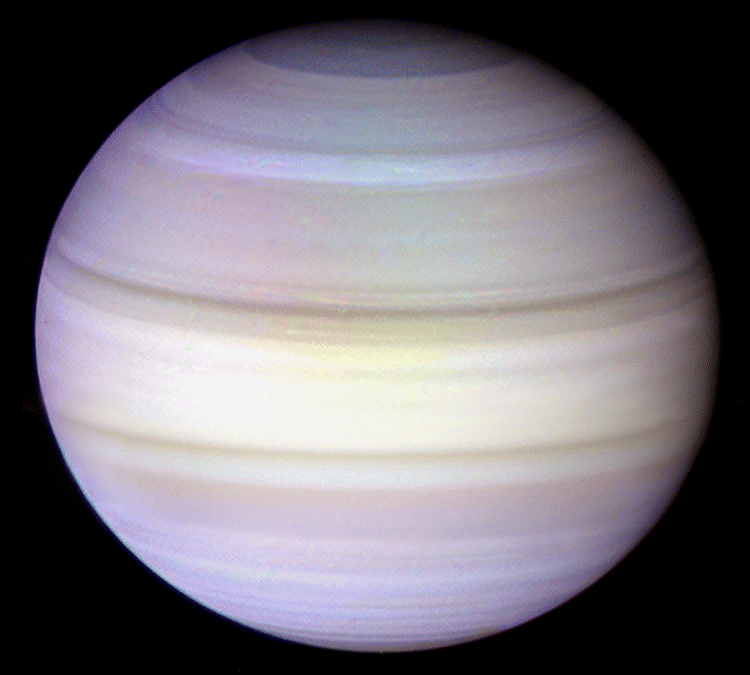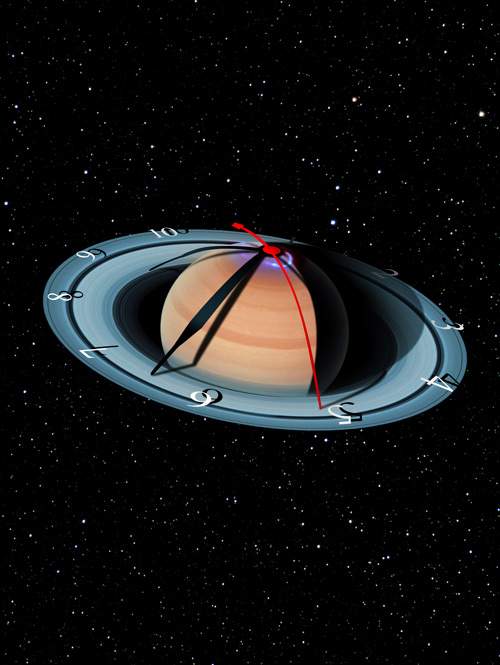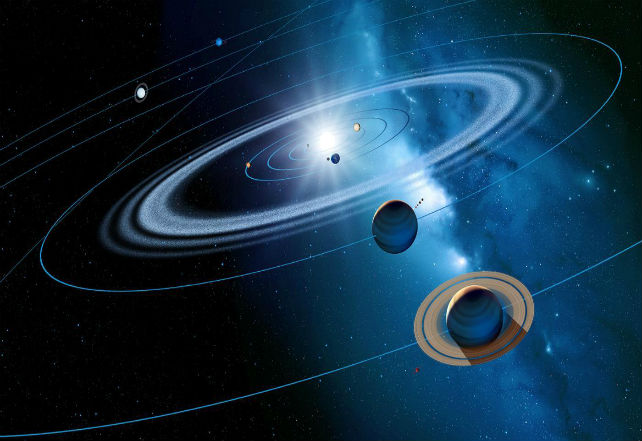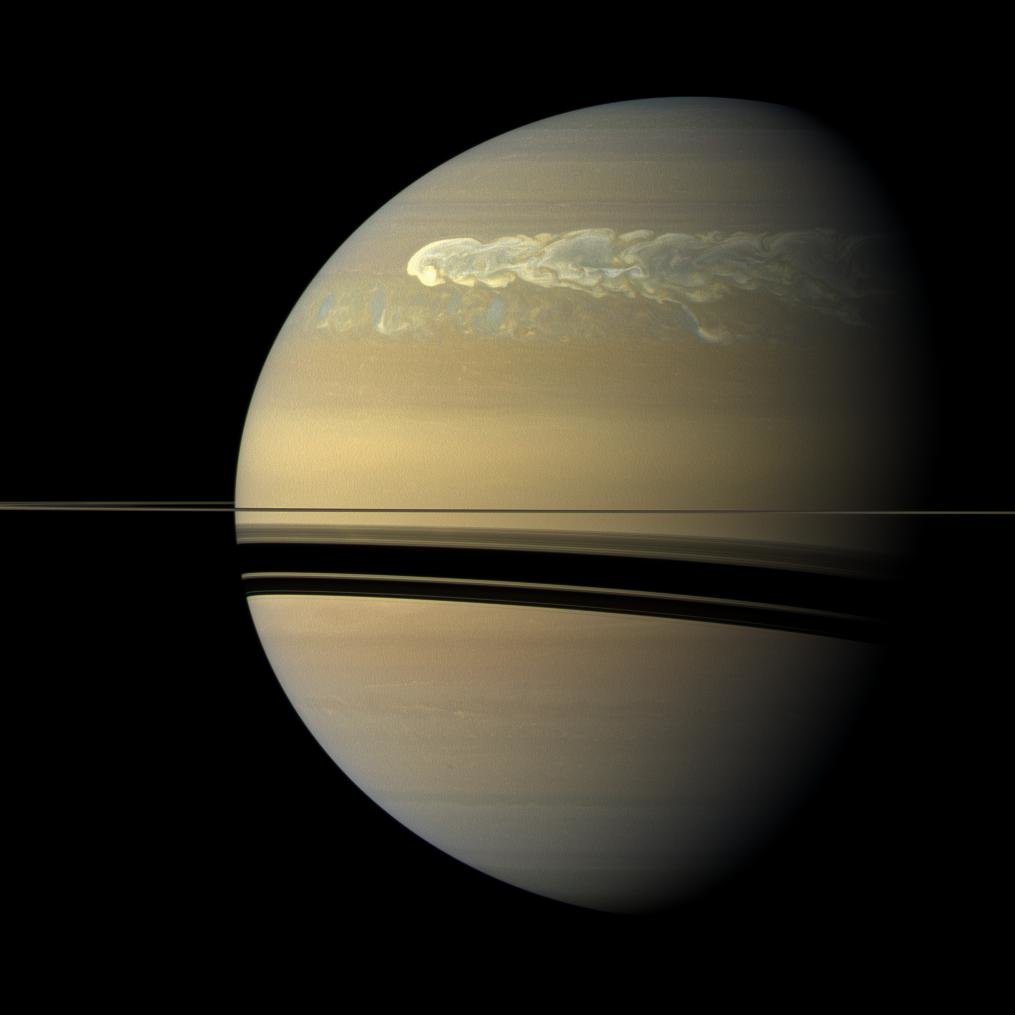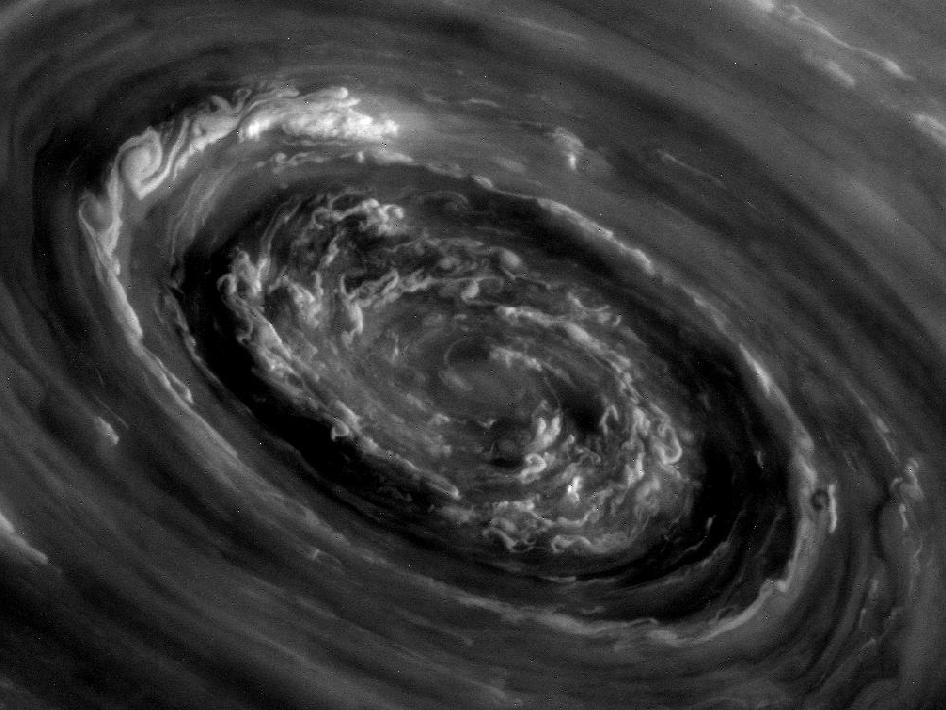Thanks to its impressive rings and immense size, many consider Saturn one of the most fascinating planets in the solar system. But what makes Saturn such an interesting and outstanding place? It can’t be just its rings, right? If you want to know more about this amazing planet, read these 25 Dizzying Facts About Planet Saturn. You will find yourself at least 100% wiser by the time you reach the end of the article. Saturn, in the Roman religion, is equivalent to the ancient Greek titan Kronos, who is famous for eating his own children and for being the father of the mighty Zeus. For the fans of numbers: the equatorial diameter of Saturn is 120,536 km; that’s about 9.5 times bigger than the diameter of the Earth. The surface area of Saturn is 83 times the area of Earth, and the volume is 764 times the volume of Earth. Why are they called this? Because they are visible from earth with a naked eye, without the need for a telescope. He first thought that Saturn had two gigantic moons around it. After observing it again with a newer telescope in 1616, he concluded that Saturn was a really “weird” planet with arms or handles. Saturn is also sometimes called a ”failed” star. Gas giants also go by this lesser-known name because they contain the same basic elements as a star. For this reason, it doesn’t have a solid surface on which you could hypothetically walk or stand. The density of the planet is estimated to be 0.687 grams per cubic centimeter, which is less dense than water. In other words, Saturn could float in water. All that gas produces high pressure as you descend into the atmosphere. NASA’s scientists suggest that the pressure of Saturn’s core is 1,000 times stronger than that of Earth’s core. This is enough pressure to force hydrogen into its liquid state, and finally into a solid metal at the planet’s core. Needless to say, this kind of pressure wouldn’t only crush the human body but even man-made spaceships that might attempt to “land” on this planet. It was the Cassini-Huygens mission that sent back an immense wealth of data about the planet, its moons, and rings. The Cassini spacecraft orbited Saturn from June 30, 2004, until September 15, 2017, a total of 13 years and three months. Thanks to images taken by Cassini, astronomers discovered 20 new moons orbiting the planet recently, bringing its total number to 82 (three more than Jupiter). Even more impressive is Saturn’s second-largest moon, Rhea. This moon has a sparse atmosphere with lots of oxygen. In fact, oxygen makes up about 70 percent of Rhea’s atmosphere while carbon dioxide takes up the remaining 30 percent. According to many scientists, these geysers may very well contain “ingredients for life.” On Earth, the fastest winds only get to about 400 kilometers per hour (250 miles per hour), which is amateur compared to the winds of Saturn. There are four planets in the solar system with rings, including Saturn. The other three are Jupiter, Uranus, and Neptune. It was not until the 1970s that astronomers discovered rings around the other three gas planets. Still, Tom Brady has more Super Bowl rings (six) than our solar system. It has been suggested by astronomers that the material of the rings was created from asteroids, comets, or even moons that at some point broke apart before they reached the planet. It’s now estimated that the rings were probably formed in the last 100 million years. This might sound ancient, but not too long ago, some astronomers suggested that they were around four billion years old. Just for the record, the ring farthest from the planet, known as the E ring, is about 180,000 miles across. The worrying part, however, is that Saturn’s rings may disappear permanently – according to scientific speculation – roughly 100 million years from now. Saturn’s gravitational pull could eventually suck the rings into the planet, or the rings might just dissolve into space. A day on Saturn is about 10.6 hours long, which is the second-shortest day of any of our solar system’s planets. As a result of this enormous distance, a year on Saturn lasts about as long as 29.5 years here on Earth. Not the place you would visit for a summer vacation. Its polar diameter is 90% of its equatorial diameter. This is due to the planet’s low density and fast rotation. Interestingly, astronomers have also noticed that most storms on Saturn are oval-shaped. Specifically, the region around its north pole has a hexagonal-shaped pattern of clouds. The planet also has a vortex over its south pole that resembles a hurricane-like storm. However, we hope you will allow us to kindly disagree. We insist that our blue planet is the queen of beauty in our solar system. (Saturn can be a close second.)

